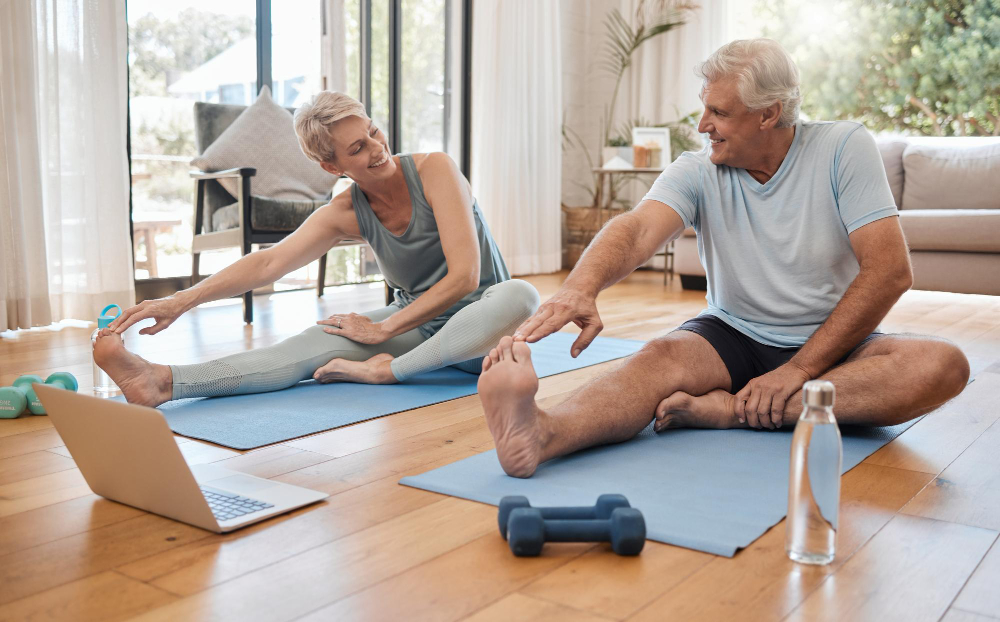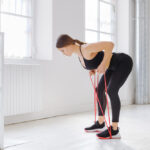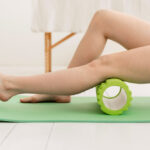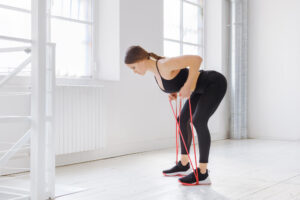Time catches up with all of us. The body stops moving like it used to and even simple activities like walking can be challenging. But if you want to stay independent, confident, and active, leg strengthening exercises for seniors are necessary.
And don’t be intimidated. No matter if you were hitting records on squats in your younger days or you never got into fitness, we’ve got you covered. You’ll find in this guide exercises that are easy to do, but incredibly effective. Let’s get started.
Best Leg Strengthening Exercises for Seniors: Target All Important Muscles
Did you know that about 3 million seniors each year end up with emergency department visits because of falls? That’s alarming statistics. But by strengthening leg muscles you could prevent this from happening to you.
This doesn’t mean you should just start doing squats. Instead, you should approach this in a methodical way. Your legs are composed of four main muscle groups (quadriceps, hamstrings, glutes, and calves).
So, try to do at least one exercise for each muscle group. Most importantly, we included exercises that are great for beginners and also more intense for seniors who can go harder.
Quadriceps
The quadriceps (front of the thigh) are essential for standing up, walking, and stabilizing the knees. Weak quads can make climbing stairs, standing from a chair, or maintaining balance much harder.
Best Quadriceps Exercises
- Beginner: Seated Knee Extensions. Sit on a chair with feet flat on the floor. Extend one leg straight out, hold for a second, then slowly lower. Alternate legs. (You can use ankle weights for added resistance.)
- Intermediate: Sit to Stand. Sit on a chair and stand up without using your hands. Lower back down slowly. This mimics daily movements and builds functional strength.
- Advanced: Squats. Stand with feet hip-width apart. Lower your body as if sitting in an invisible chair, then push back up. If you think you could lose your balance, hold onto a chair for support.
Hamstrings
The hamstrings (back of the thighs) help with walking, standing, and keeping the knees stable. Weak hamstrings can lead to falls and knee pain. If you already feel discomfort in your knees, try out these exercises.
Best Hamstring Exercises
- Beginner: Seated Knee Flexions. Sit on a chair, loop a resistance band around your ankles, and pull your foot back under the chair. Hold, then slowly return.
- Intermediate: Chair Deadlift. Sit on the edge of a chair with feet flat. Lean forward, keeping your back straight, then push through your heels to stand up. Slowly return to seated. If this movement is too easy, you can place a resistance band behind your neck and under your feet to create resistance.
- Advanced: Single Leg RDL (Romanian Deadlift). Stand on one leg, hinge forward at the hips, reaching toward the floor while extending the other leg behind you. Return to standing. (Use a chair for balance if needed.)
Glutes
The glutes (buttocks muscles) are essential for balance, standing, and preventing falls. Strong glutes improve posture and reduce lower back pain.
Best Glute Exercises
- Beginner: Hip Extensions. Stand behind a chair, hold on for support, and extend one leg straight back. Lower and repeat on the other side.
- Intermediate: Reverse Lunge. Step one foot back into a lunge position, lowering your knee towards the floor. Push back up. Hold onto a chair for support.
- Advanced: Lateral Step Up. Step onto a low step or sturdy platform with one foot, then bring the other foot up. Step down and repeat.
Calves
The calves (lower leg muscles) help with walking, balance, and ankle stability. Weak calves can cause instability, leading to falls and difficulty with stairs.
Best Calf Exercises
- Beginner: Tib Raises. Stand with your back against a wall, lift your toes off the ground while keeping your heels down, then lower. Great for ankle stability.
- Intermediate: Calf Raises. Stand tall, rise onto your toes, hold for a second, then slowly lower. Hold onto a chair if needed.
- Advanced: Lateral Step Up with Calf Raise. Perform a lateral step-up, but when stepping up, add a calf raise at the top before stepping back down.
Don’t Forget About Your Ankles
Twisting angles happen to everyone. Even to young and active people. But the difference here is that some people can brush it off and others have to deal with a complete tear of the ligament.
Firstly, you should aim to have stable ankles so you don’t have to think about this situation at all. But if a slip or twist happens, your ankle must be mobile and strong enough to endure it. That’s why doing ankle exercises is important.
Best Ankle Strengthening Exercises
Many exercises that target the lower leg also engage the ankle, even if that’s not their primary focus.
Tib raises, for example, help strengthen the tibialis anterior, a muscle along the front of the shin that controls how your foot lifts off the ground.
Similarly, calf raises strengthen the back of the lower leg, particularly the gastrocnemius and soleus muscles.
While these two exercises can help build strength, ankle circles focus on mobility and flexibility. Stiff ankles can limit movement and increase the risk of injury, making everyday tasks like stepping off a curb or adjusting to uneven ground more dangerous.
To do ankle circles:
- Sit in a chair with one leg extended.
- Slowly rotate your ankle in a full circle, first clockwise, then counterclockwise.
- Perform 10-15 circles in each direction, then switch legs.
Can Leg Strengthening Exercises Really Help Seniors?
Absolutely! Think about strong legs like a strong foundation that brings many benefits. Both physical and mental.
As you know, our muscles start to deteriorate as we age. So working on those muscles can play a crucial role in preventing falls. Your legs will be able to carry you for a longer duration, and you will feel more confident with each step that you take.
And this doesn’t have to reflect only on everyday chores. If you’re able to walk independently, you can try to engage in more physical activities that will keep your body in shape.
For example, walking. This simple but effective activity can bring numerous physical and mental benefits.
Final Thoughts
Aging doesn’t mean losing your ability to move with confidence. Yes, walking may become more challenging over time, but strengthening your legs is the key to staying independent, mobile, and safe. By focusing on the major muscle groups like quadriceps, hamstrings, glutes, calves, and even the often-overlooked ankles, you can build a solid foundation for better balance, stability, and endurance.
The best part? It’s never too late to start. Whether you’re just beginning or ready to take on more advanced movements, these exercises can improve your strength, prevent falls, and give you the freedom to enjoy life without fear of mobility issues.







